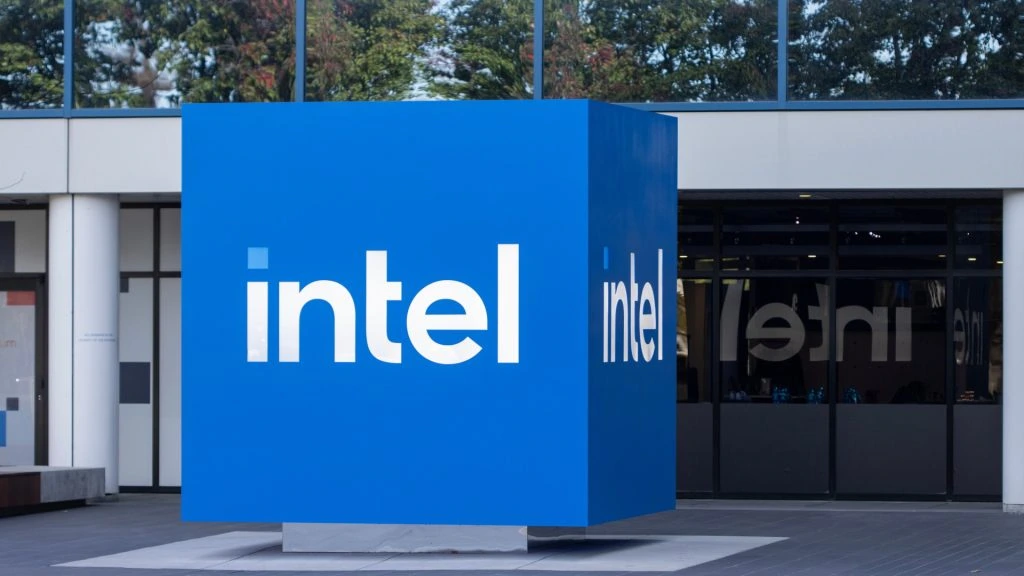Intel once dominated the semiconductor industry – now the company is overshadowed by Nvidia’s AI chips. The new boss wants to cut back.
The new CEO of the crisis-ridden chip company Intel has announced “painful decisions” just a few weeks after taking office and held out the prospect of job cuts. Intel must reduce costs and remove bureaucratic hurdles, said Lip-Bu Tan after the presentation of quarterly figures. He emphasized that this would also involve cutting jobs.
Chief Financial Officer David Zinsner also said that Intel could not yet give any figures on the extent of the job cuts. The company also wants to reduce costs in other ways. The financial service Bloomberg recently reported that Intel could soon announce the reduction of around a fifth of its jobs. The number of Intel employees had already fallen to just under 109,000 by the end of last year from a good 124,000 at the end of September.
Top position lost
Intel once dominated the semiconductor market, but has been struggling with problems for years. Graphics card specialist Nvidia has conquered a leading position, particularly in the business with chips for artificial intelligence. Intel is also under greater pressure in its traditional business with PC processors and chips for data centers.
Industry veteran Lip-Bu Tan was appointed to the top of the Group in mid-March. His predecessor Pat Gelsinger had tried to establish Intel as a contract manufacturer for other chip developers for the first time with new production techniques. He had to resign in December as he was making only slow progress.
Magdeburg plant in limbo
Part of the plan was to build new factories worth billions, including one in Magdeburg. This project was initially put on hold in September for an estimated two years. In the USA, work on a huge plant in Ohio was also suspended. Lip-Bu Tan now said that Intel first wanted to ensure that existing capacities were used efficiently before releasing money for expansion.
Disappointed outlook
Intel disappointed investors with its sales forecast for the current quarter. The share fell by a good five percent in after-hours trading. Intel forecast revenues of between 11.2 and 12.4 billion dollars for the second quarter. Analysts had expected an average forecast of around 12.8 billion dollars.
From the investors’ point of view, this weighed more heavily than the results of the first quarter, in which Intel exceeded market expectations. Sales stagnated at 12.7 billion dollars, while analysts had expected a decline to 12.3 billion dollars on average. At the bottom line, the loss of 800 million dollars was twice as high as a year ago. However, Intel’s adjusted earnings per share of 0.13 dollars clearly exceeded analysts’ forecasts of just 0.01 dollars.
dpa





